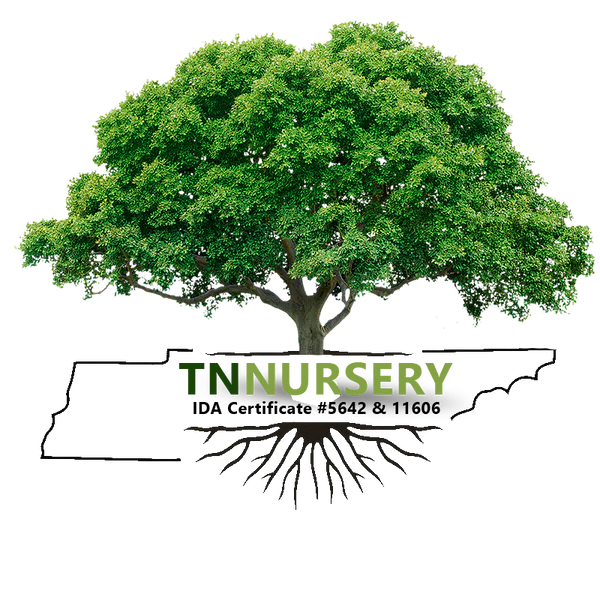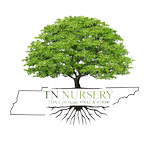Ferns are some of the oldest plants, with a rich and diverse history dating back millions of years. They come in all shapes and sizes, from delicate fronds that spread out like lace to towering tree ferns that can reach heights of 40 feet or more.
If you're interested in learning about these incredible plants, you've come to the right place. In this overview, we'll introduce you to some of the most common types of native ferns, explain how to identify them, and provide tips for growing and caring for them in your garden.
Let’s delve into the world of native ferns and discover the beauty and wonder of these ancient plants.
What are Native Ferns?
Native ferns are species indigenous to a specific geographic region rather than being introduced from elsewhere. These plants have adapted to their local environment over thousands of years, making them an essential part of the natural ecosystem. Some common examples of native ferns include the Lady Fern, the Ostrich Fern, and the Bracken Fern.
Native Ferns: Why are they Important?
Native ferns play a vital role in maintaining the health and biodiversity of the ecosystems in which they live. They provide food and habitat for various wildlife, including insects, birds, and mammals. Additionally, they help to prevent soil erosion and regulate the water cycle, making them critical components of the local ecosystem.
In contrast, non-native fern species can often outcompete and displace native species, disrupting the ecosystem's delicate balance. This is why it's important to choose native ferns when adding greenery to your garden or landscaping.
How to Grow Native Ferns
If you want to incorporate native ferns into your garden, keep a few key things in mind. First, make sure to choose species that are native to your specific geographic region. This will help ensure the plants thrive in your local environment and provide the maximum ecological benefit.
Next, consider the specific growing conditions that each fern species requires. Native ferns may have different soil, light, and moisture requirements than non-native varieties, so it's essential to do your research before planting. For example, some native ferns prefer shady, moist environments, while others thrive in drier, sunnier locations.
Finally, be patient and give your native ferns time to establish themselves. Like all plants, they may take some time to grow and develop, but the result will be well worth the effort.
Characteristics of Native ferns
Native ferns are a beautiful and popular addition to any garden or landscape. These plants have a rich history, with fossil records showing that ferns existed on earth over 360 million years ago. There are over 12,000 species of ferns, with many being native to different regions worldwide.
Uniquely-Shaped Fronds
One of the most recognizable features of ferns is their fronds. These large, leafy structures grow from the plant's stem. Fern fronds come in various shapes and sizes, ranging from delicate and lacy to broad and sturdy. Native ferns have evolved to thrive in their specific habitats, which has led to the development of fronds that are uniquely shaped and adapted to their environments.
Reproduce Through Spores
Unlike flowering plants that reproduce through seeds, ferns reproduce through spores. These spores are produced on the fronds' undersides and released into the air when they mature. These spores can germinate and grow into new ferns when conditions are right.
Tolerant of shade
Native ferns are well adapted to growing in shaded areas. They have evolved to thrive in the understory of forests with limited sunlight. This makes them an excellent choice for shady spots in your garden or landscape.
Low-Maintenance
Native ferns are generally low-maintenance plants. They require little fertilization and are relatively pest and disease-resistant. They can thrive with minimal care if they have adequate moisture and are planted in well-draining soil.
Diverse Habitat Preferences
There are native ferns that can be found growing in various habitats, including wetlands, woodlands, and mountains. This diversity means that there is likely a native fern species that can thrive in almost any environment.
Ecological Importance
Native ferns play an essential role in their ecosystems. They provide habitat and food for wildlife, including insects, birds, and small mammals. Additionally, ferns help to stabilize soil, prevent erosion, and improve soil health.
Exploring Common Types Of Native Ferns
Ferns are a group of plants that have evolved over millions of years to thrive in a variety of environments. In this section, we will discuss three types of native ferns: Christmas Fern, Hay Scented Fern, and New York Fern.
Christmas Fern
First, let's take a closer look at Christmas Fern. As its name suggests, this fern is often used as a Christmas decoration due to its evergreen leaves that remain green throughout the winter months. There are a variety of habitats in which you can find this fern, including moist woodlands and rocky slopes. Christmas Fern is an easy fern to grow and is often used in landscaping due to its hardiness and adaptability.
Hay Scented Fern
Next up is the Hay Scented Fern. This fern gets its name from the scent it emits when its fronds are crushed, which resembles the smell of freshly cut hay. The Hay
Hay Scented Fern is also native to North America and can be found in a number of habitats, from dry, rocky areas to moist woodlands. This fern is known for its delicate fronds that add a light and airy touch to any garden.
New York Fern
Last but not least, we have the New York Fern. This fern is native to the eastern United States and can be found in a variety of habitats, including moist woodlands and shaded slopes. The New York Fern is known for its tall, upright fronds that can reach up to three feet in height. This fern is often used in landscaping due to its striking appearance and ability to add vertical interest to any garden.
These three types of native ferns are just a small sampling of the diverse and fascinating world of ferns. Gardening with ferns is a great way to add texture, color, and interest to your landscape, regardless of your gardening experience. So why not give one of these beautiful ferns a try? You won't be disappointed!
Where Can You Find Native Ferns?
Native ferns can be found in various environments, from forests and wetlands to rocky outcroppings and meadows. They are often found in areas with high humidity and plenty of moisture, although some species can tolerate drier conditions. Some native ferns are endemic to specific regions, while others can be found in multiple areas worldwide.
Threats To Native Ferns
Like many other types of plants, native ferns face various threats in the modern world. Habitat loss and fragmentation, caused by deforestation and urbanization, are significant threats to native fern populations. Invasive species can also outcompete native ferns for resources, leading to declines in population size. Climate change is also a substantial threat to native ferns, as changing weather patterns can alter the environmental conditions that ferns rely on to thrive.
Wrapping Up
Native ferns are an important and fascinating group of plants worth exploring. By understanding the different types of native ferns in different locations around the globe, we can better appreciate the natural world around us. We can also work to protect native fern populations from the multiple threats that they face, ensuring that these beautiful and unique plants will continue to thrive for generations to come.


